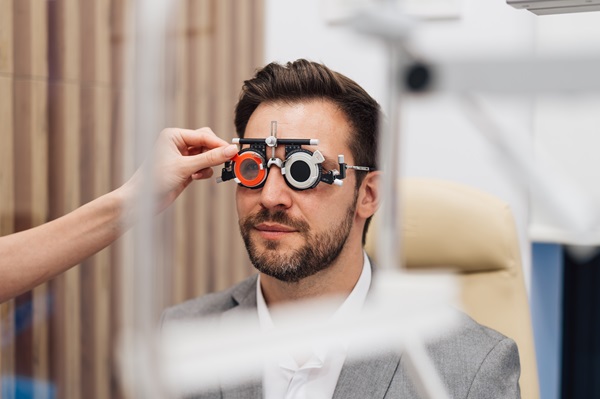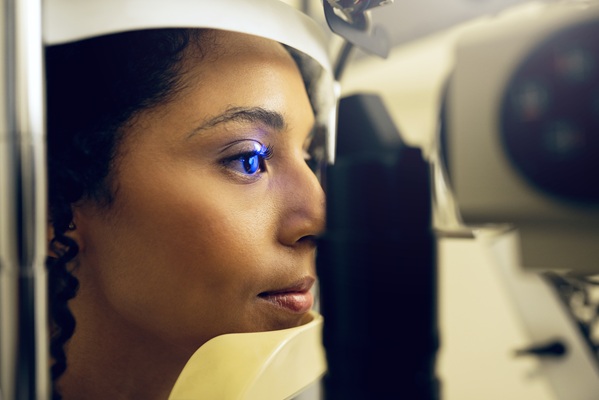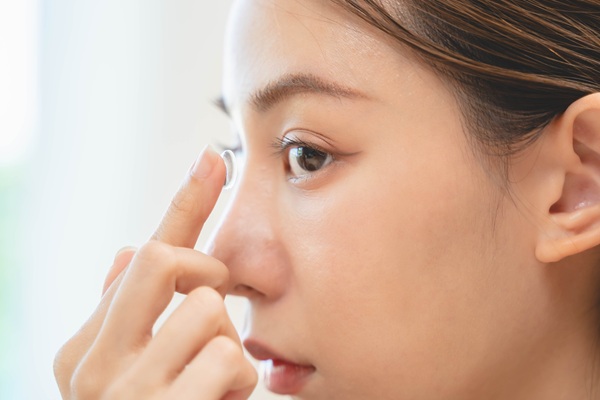Why Are Regular Eye Exams Necessary?

Regular eye exams are crucial for maintaining overall health for people of all ages. By establishing a relationship with an optometrist, you not only protect and enhance your vision but also safeguard against potential health issues. This comprehensive guide highlights the benefits of maintaining a connection with our office, a practice that benefits everyone in your family.
An Overview of Regular Eye Exams
According to the Centers for Disease Control and Prevention (CDC), around 11 million Americans over 12 require vision correction. However, this is just a small part of why eye exams are necessary.
Vision screenings vs. eye exams
Vision screenings are simple tests that often take roughly 15 minutes. They are often performed for children in schools or by their primary care physician. Patients will need to identify characters on the big "E" or Snellen chart. While this screening can determine if there are vision issues, it does not determine the severity or pinpoint the source.
Routine eye exams take 30 to 45 minutes due to the steps we take to ensure the eyes function properly. We will use various devices and machines to examine both eyes' external and internal health. This can include performing:
- A tonometry. Tests the pressure behind the eyes
- Binocularity tests. Tests how well the eyes work together to judge distances
- Dilation. Medicinal eye drops to check the health of the retina and optic nerve
- Ishihara color test. Also known as the color vision test, it determines how well patients can differentiate colors
- Physical examinations. The optometrist checks for abnormalities surrounding or on the surface of the eye
- Ocular alignment. Tests how well the eyes work together in moving in various directions
- Refraction tests. Tests the eyes' sharpness levels for near and far distances
- Visual acuity tests. Tests the ability of each eye when reading
- Visual field tests. Tests the patient's peripheral or side vision
Conditions eye exams can detect
An eye exam can detect acute and chronic conditions affecting the eye and some that affect the rest of the body. Here are a few we can detect:
- Age-related macular degeneration. Vision quality decreases over time
- Amblyopia. Also known as lazy eye, and results from the brain and eyes not working together
- Cataracts. The lens becomes cloudy, effectively reducing vision quality
- Cancer. Blood, tissue, and skin cancer can manifest symptoms that affect the eyelids, interior, and surface area of the eyeball
- Diabetic retinopathy. Results from diabetes and causes damage to the retina
- Glaucoma. Increases pressure behind the eye and can lead to total blindness
- Refractive errors. Causes blurred vision and groups farsightedness, nearsightedness, and astigmatism together
- Strabismus. It causes the eyes to cross, resulting in double vision
How often eye exams are recommended
It is important for patients to start receiving eye exams early on, mainly to prevent eye issues in the future. In fact, the CDC states that only 39 percent of preschool children have had a vision test, which is needed to diagnose eye diseases. For example, amblyopia is a prevalent condition in children that can be corrected but requires early detection and intervention.
The US Preventive Services Task Force recommends that all children receive vision screenings at least once before kindergarten or between the ages of three and five. Afterward, they can begin receiving them every two years like otherwise healthy adults. Note that patients with diseases such as glaucoma, cataracts, or diabetes may require more frequent appointments.
Warning signs that require sooner eye exams
The body changes, and so can the eyes. Therefore, since so much time can pass between appointments, it is important to know which vision changes are normal and abnormal. If one notices blurred vision that lasts longer than normal, trouble adjusting to light no matter how bright or dim, eye pain with seemingly no cause, draining or redness, decreased vision, or halos (circles) around the eyes, it is time to give our office a call. Remember, early intervention is the key to preventing many eye conditions.
Protect your eyes with an eye exam
The CDC expects the visually impaired and totally blind portion of our population to double by 2030 and triple by 2050. We are dedicated to helping patients in or surrounding the Dallas area see clearly and protect the overall health of their eyes. If it is time for you or a loved one's next eye exam, contact our office. You can schedule an appointment with our team by calling {{PHONE}} today.
Request an appointment here: https://www.texasoptical.net or call Texas Optical at (214) 771-7333 for an appointment in our Dallas office.
Check out what others are saying about our services on Yelp: Read our Yelp reviews.
Recent Posts
For those living with diabetes, undergoing a diabetic eye exam is one of the most important steps in protecting their vision and overall eye health. High blood sugar levels can lead to a range of complications, including conditions that damage the eyes over time. These exams help detect these issues before they become serious, allowing…
Contact lenses provide clear vision and convenience for individuals who prefer an alternative to eyeglasses. However, proper care and maintenance are essential to prevent infections, irritation, and eye damage. Neglecting hygiene practices can lead to serious eye conditions, including corneal ulcers and keratitis. Understanding how to clean, store, and handle contact lenses ensures long-term eye…
Maintaining eye health and preventing long-term issues is the result of consistent and quality vision care. Many people focus on overall wellness but may overlook daily habits that support healthy eyesight. However, taking simple steps each day can protect vision, reduce eye strain, and prevent future complications. By making eye health a priority, it is…
Prescription contacts provide vision correction, comfort, and convenience for those who do not want to wear glasses. However, caring for and wearing contacts takes some getting used to. Learning to insert, remove, and maintain them will help ensure a comfortable and safe experience.Not all contact lenses are the same, and choosing the right pair is…


